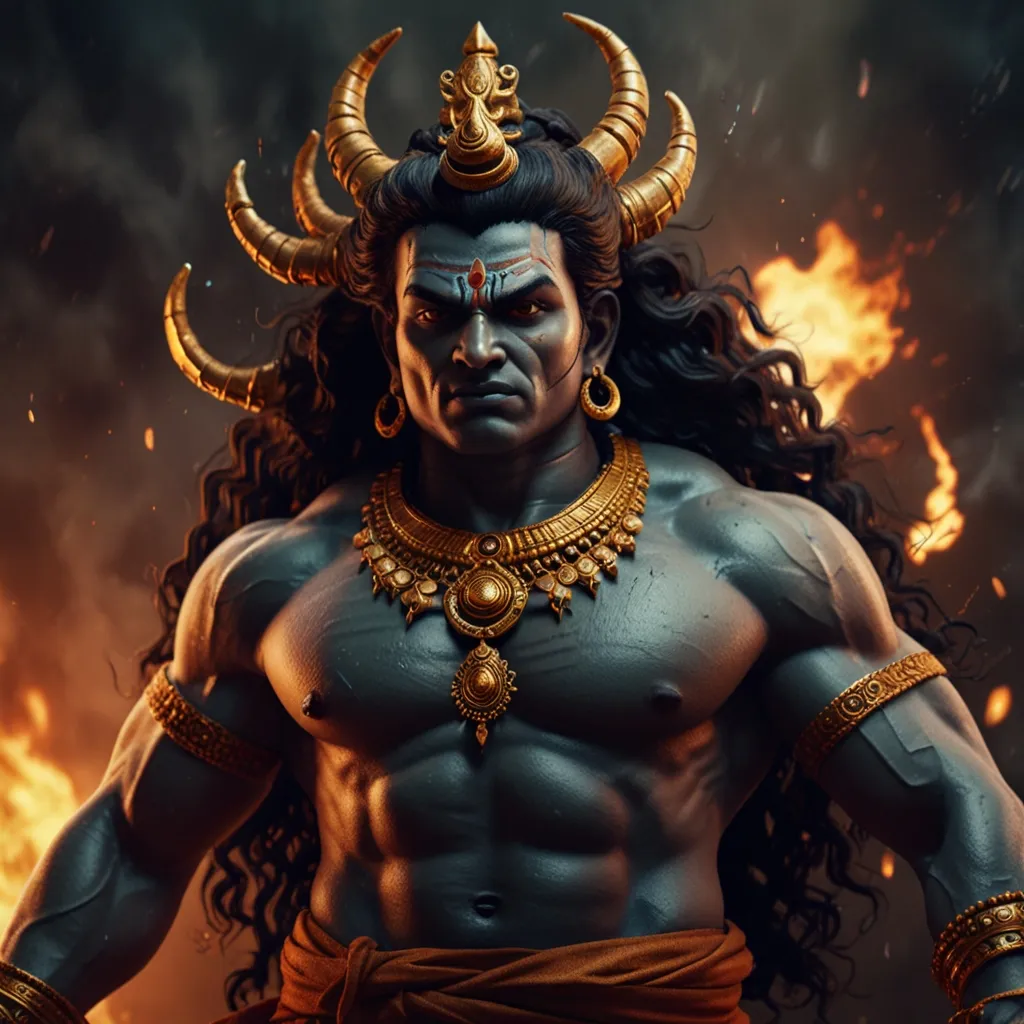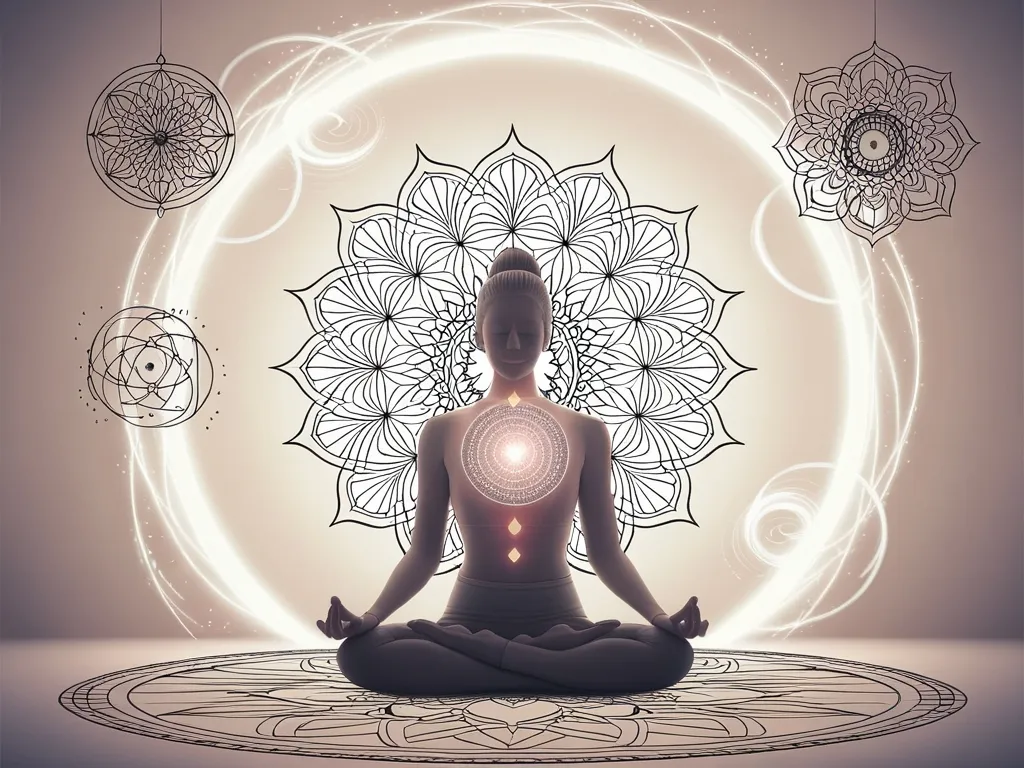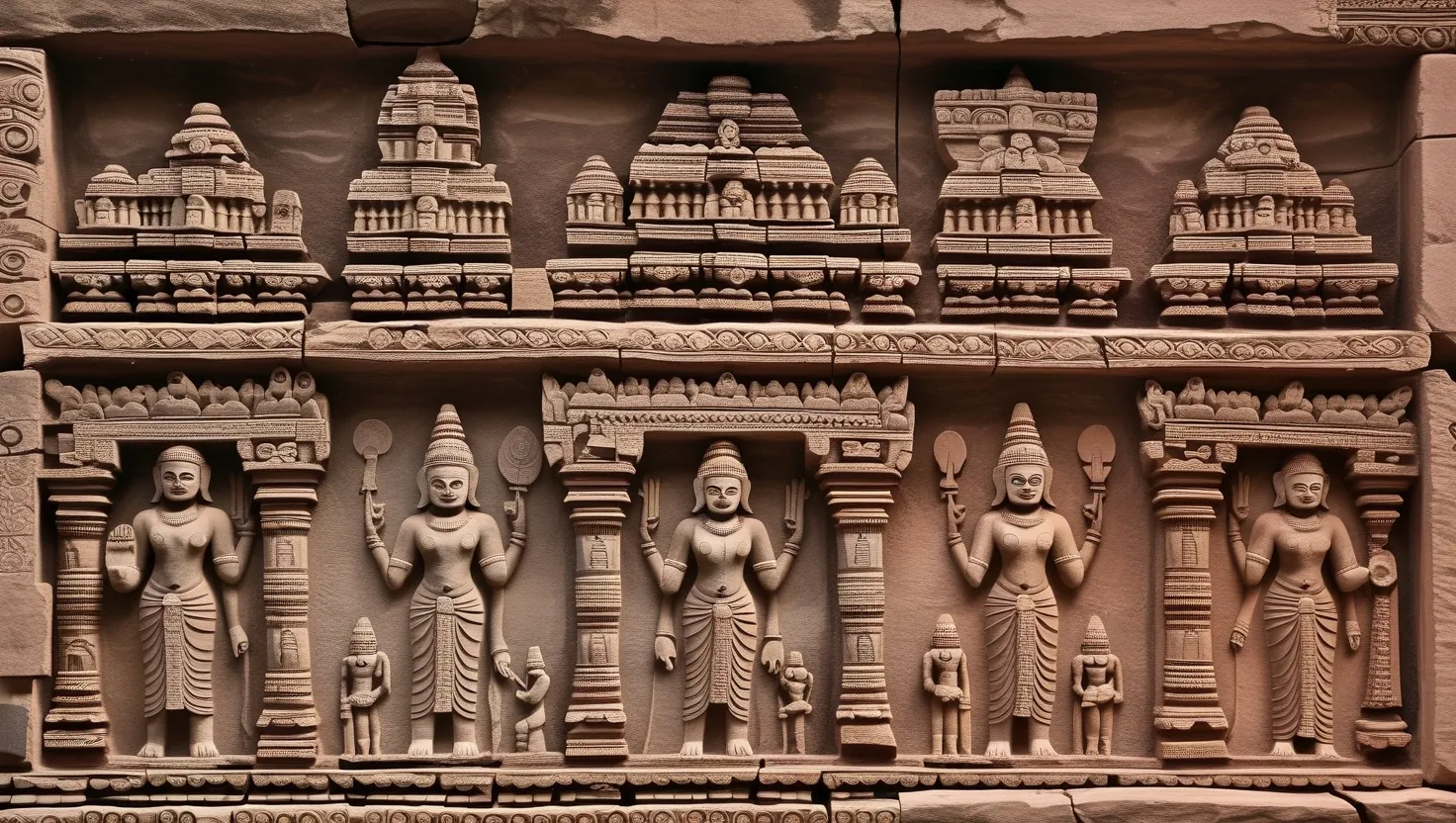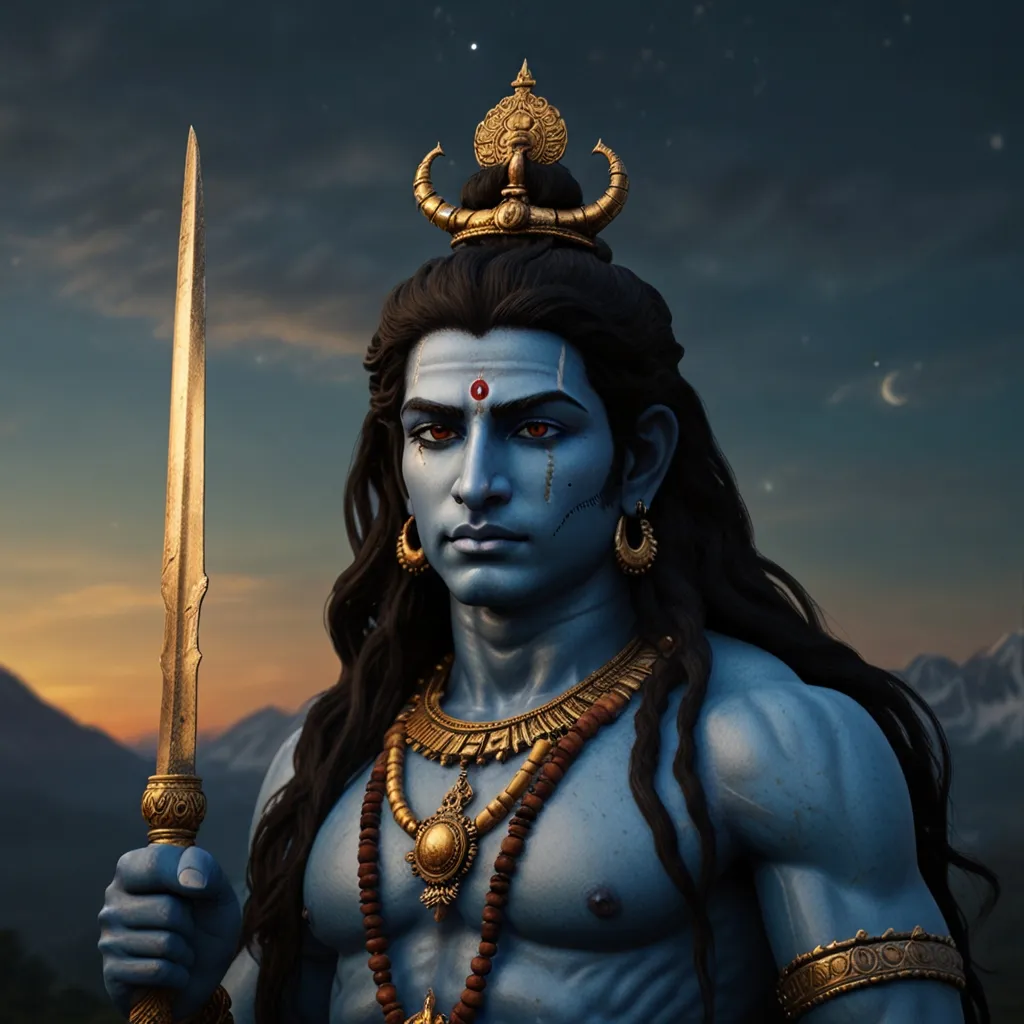Imagine wandering through the endless maze of Hindu mythology, where every twist and turn reveals tales brimming with gods, goddesses, magic, and valor. One such incredible story is about Virabhadra, a fierce warrior born out of Lord Shiva’s sheer rage. This story unfolds against the backdrop of the famed Daksha Yajña, a grand sacrificial event that turned into an epic clash between Shiva and Daksha.
So let’s dive right in. It all starts with Sati, the beloved daughter of King Daksha, who finds herself head over heels for Shiva. Despite her dad’s clear disapproval, she ties the knot with Shiva, and off they go to live on Mount Kailash, which is like spiritual ground zero. Daksha, however, can’t stand Shiva. He thinks Shiva is this scruffy outsider with an oddball lifestyle that doesn’t sit well with his royal sensibilities. Next up, Daksha plans a grand yajña, a big-time ceremonial sacrifice, and he conveniently leaves Shiva off the guest list.
Sati hears about the yajña and decides to crash it, totally against Shiva’s wishes. When she shows up, it’s like walking into a buzz saw of disdain and mockery from her own father. Daksha’s cutting remarks are too much for her to bear. Unable to tolerate the insults hurled at her beloved Shiva, she decides to end her life dramatically by immolating herself in the fire. It’s a powerful gesture that speaks volumes about her unstoppable devotion and love for Shiva.
Meanwhile, back at Mount Kailash, Shiva feels the loss of Sati like a punch to the gut. His grief morphs into blazing anger, so intense that it physically manifests as a warrior named Virabhadra. Imagine a towering figure with a thousand arms, each holding a weapon, and eyes blazing with fury. This formidable warrior springs forth from a lock of Shiva’s matted hair that he angrily throws to the ground.
But Virabhadra isn’t fighting this battle alone. Joining him is Bhadrakali, a fierce goddess also born from Shiva’s raging emotions. Together, they storm into the midst of Daksha’s yajña, creating a scene of utter chaos and destruction. They tear through the sacrificial grounds, leaving the gods who attended the event shuddering in sheer terror. Many of them get caught in the crossfire, feeling the wrath of Virabhadra.
Now, what happens to Daksha is pretty pivotal in the story. Depending on which version you’re reading, either Virabhadra decapitates Daksha or he gets saved by Vishnu. Regardless, the yajña is totaled, turning the grand sacrifice into a non-event. It’s a significant moment that underlines Shiva’s monumental power and the dire consequences of disrespect.
Once the dust settles and the fury wanes, Shiva calms down Virabhadra. As a sign of transformation and to restore balance, he turns Virabhadra into Angaraka, the planet Mars. This change signifies the end of chaos and the re-establishment of order in the cosmos.
The saga of Virabhadra isn’t just about vengeance but also an eternal testament to love and devotion. Sati’s ultimate sacrifice and Shiva’s subsequent wrath showcase the spectrum of intense emotions driving both human and divine actions. Across generations, this myth has been cherished in various texts and has inspired numerous temples and rituals devoted to Virabhadra.
Take the Lepakshi Veerabhadra Temple, for instance. Constructed in the 16th century, this temple is considered one of the divyakshetras, or sacred pilgrimage sites, dedicated to Lord Shiva. It stands tall as a testament to the deep reverence people harbor for Virabhadra and his enthralling story.
Interestingly, Virabhadra’s influence isn’t restricted to mythology alone. His legacy even seeps into the realm of yoga. Ever heard of the Warrior poses, known as Virabhadrasana? Yep, they’re named after this fierce warrior. These poses aim to strengthen your legs and core, build razor-sharp focus, and get your body prepped for more challenging backbends. When practicing these poses, yogis channel their inner warrior, embodying strength, compassion, determination, and confidence—all qualities that Virabhadra exemplifies.
This captivating mythology encourages us to tap into our own inner warrior. Whether it’s Sati’s relentless devotion, Daksha’s fear of the unknown, or Virabhadra’s unbeatable strength, these stories are reflective of our own emotions and experiences. It nudges us to stand strong when faced with adversity and to follow our hearts no matter what challenges come our way.
Finally, the creation of Virabhadra is an epic narrative that delves deep into the complexities of human emotions and divine forces shaping our world. It’s a tale that continues to inspire, reminding us of the undying power of love, devotion, and the indomitable spirit of a warrior.






